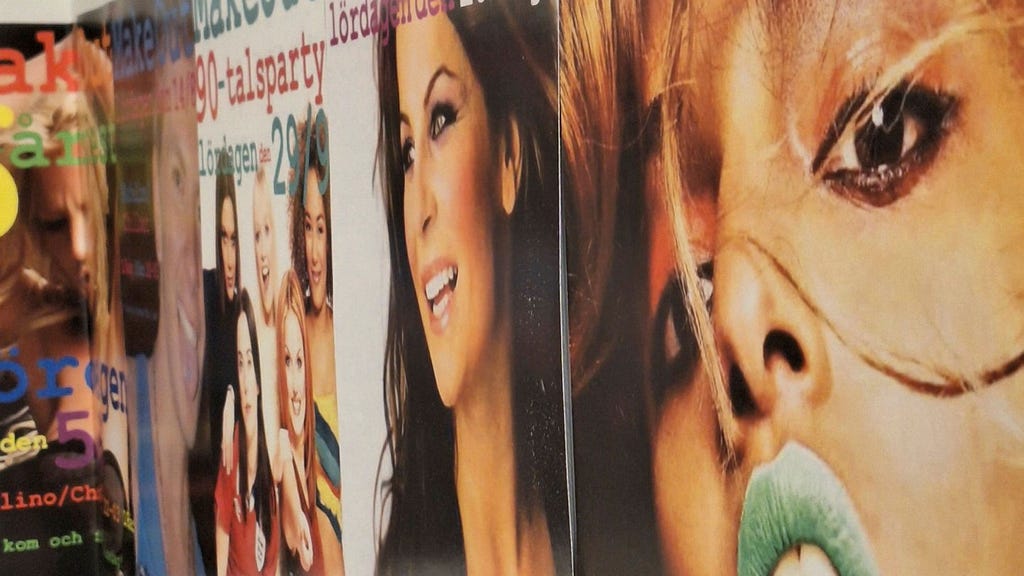Erik Thörnqvist’s exhibition, ”Make out, make through,” at Konsthallen in Luleå, delves into the complexities of queer experience while simultaneously engaging in a dialogue with the city itself. The exhibition, which runs until February 2nd, showcases a diverse range of Thörnqvist’s artistic explorations, from playful interpretations of everyday objects to poignant reflections on historical and contemporary queer realities. One of the most striking pieces, ”Natural Born Sitter II,” is a reimagining of Mies van der Rohe’s iconic MR chair, transformed into an abstract sculpture adorned with human feet. This piece, rendered unusable as a seat, invites viewers to reconsider the very concept of a chair, echoing the innocent curiosity found in children’s stories while simultaneously showcasing Thörnqvist’s signature blend of humor and humanism.
The exhibition unfolds across multiple rooms, each offering a unique perspective on queer narratives. One room pays homage to Sophie Gunnarsson, a journalist who founded the ”Make Out” club in Luleå, providing a safe space for the queer community. The walls are lined with vibrant posters from the club, spanning the years 2006-2016, a testament to Gunnarsson’s impactful work and the resilience of the local queer community. This space serves as a powerful reminder of the importance of community and safe havens, particularly in environments that may not always be accepting.
Another room delves into darker historical realities with ”Finook,” a small relief sculpture of a fennel stand. This work alludes to the tragic history of persecution of queer individuals, referencing the practice of burning bodies during the late Middle Ages and how the smoke from fennel was used to mask the smell. The title itself, ”Finook,” is an Italian slur for homosexual, prompting viewers to consider the reclamation of derogatory language and its potential for empowerment within the queer community. This piece serves as a stark reminder of the historical struggles faced by the queer community and the ongoing fight for recognition and acceptance.
The exhibition also addresses the subtle codes and symbols used by queer individuals to identify one another in potentially hostile environments. ”Other dead giveaways” features tall green podiums displaying artifacts that have served this purpose. Significantly, one podium remains empty, inviting viewers to reflect on the hidden languages and signs that continue to shape queer experiences today. This interactive element encourages audience participation and fosters a deeper understanding of the complexities of queer identity and communication.
One of the most compelling and thought-provoking installations is ”Pose I, II, III.” These three sepia-toned, human-sized screens draw inspiration from Wilhelm Von Gloeden’s 19th-century photographs of nude young men. However, the figures are strategically obscured, with only their outlines visible. This artistic choice invites contemplation on the nature of desire and the societal norms surrounding the representation of bodies. In an era saturated with carefully curated images and manipulated portrayals of physicality, ”Pose I, II, III” prompts critical reflection on the tension between visibility and invisibility, and the ways in which bodies are both celebrated and obscured.
Ultimately, the power of ”Make out, make through” lies not solely in individual masterpieces but in the overall narrative it weaves. Thörnqvist’s willingness to share his personal experiences and insights into queer life creates a deeply engaging and resonant exhibition. The exhibition is notable for its courage, its openness, and its ability to spark dialogue around important and often overlooked aspects of queer history, culture, and identity. It’s a testament to the transformative power of art to build bridges, foster understanding, and create spaces for meaningful conversations. Thörnqvist’s artistic voice, interwoven with personal narrative and historical context, resonates powerfully with viewers, leaving a lasting impression long after the exhibition experience concludes.














